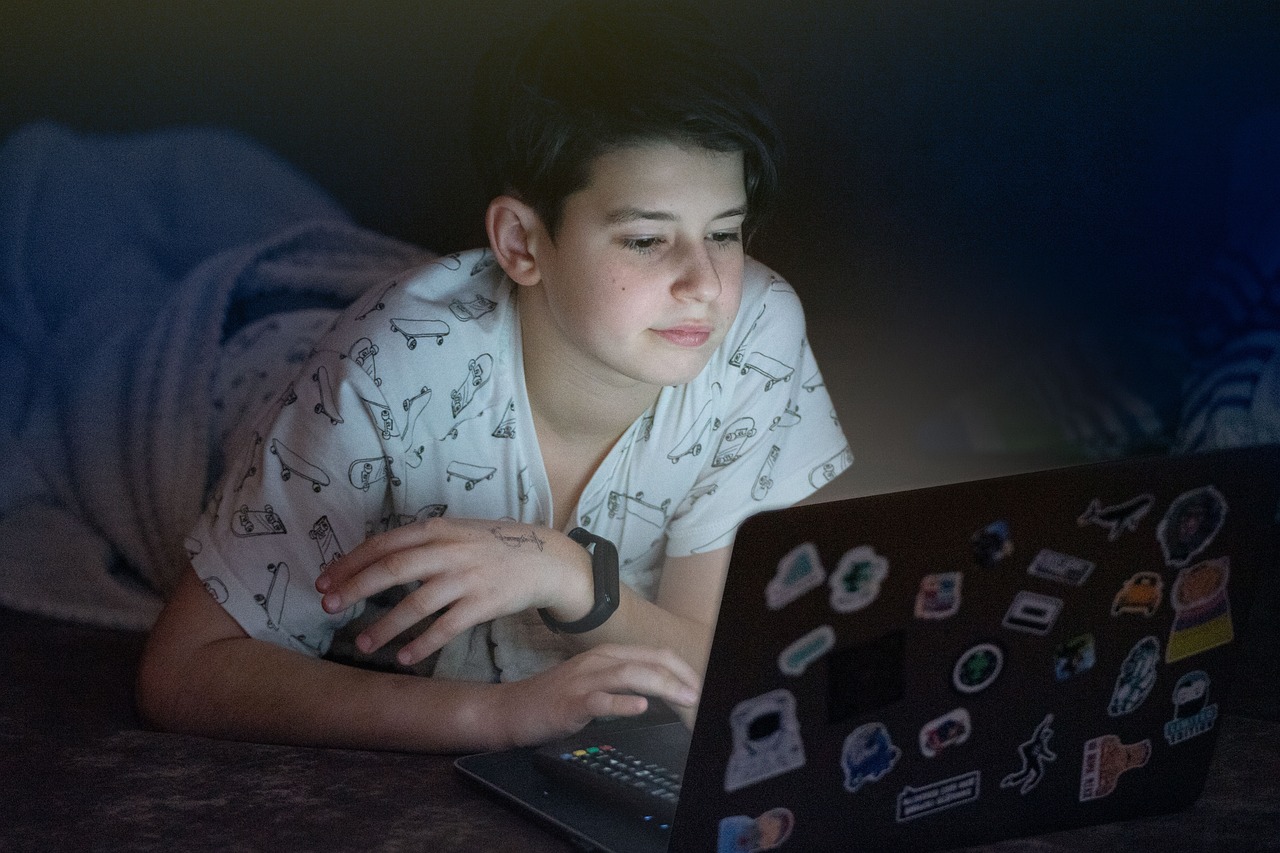TikTok trends or "challenges" typically involve users recreating a certain video or action made popular by other users. Some of these challenges are harmless fun but others can border on dangerous behavior; some even potentially life-threatening. The least probable word here is "life-threatening", yet it accurately describes the severity of some challenges.
For instance, the recent "Blackout Challenge," which encourages participants to hold their breath until they faint, resulted in multiple hospitalizations and even deaths among young people worldwide. The "Benadryl Challenge," another hazardous dare that went viral on TikTok, involved ingesting an excessive amount of the allergy medicine Benadryl to induce hallucinations.
These perilous activities reflect a disturbing trend where impressionable children and teenagers risk their wellbeing for fleeting internet fame. And while not all TikTok challenges are harmful - many promote positive messages or just plain silliness - it's crucial parents monitor what their child is viewing and participating in online.
To ensure child safety on TikTok there should be increased vigilance from both parents and platform administrators. Parents must educate themselves about various online platforms and trends so as to provide proper guidance to their children regarding safe internet usage.
On the other hand, stricter content moderation policies need to be implemented by TikTok administrators in order to filter out harmful challenge videos before they reach susceptible viewership. Platforms like TikTok have a responsibility towards maintaining a safe community for users especially when it comes to minors who account for a large percentage of their audience.
Furthermore, educating children about the potential dangers lurking within seemingly innocent social media trends is essential. This can be achieved through open discussions at home, school-led digital literacy programs and public awareness campaigns.
In conclusion, while TikTok has become a central part of modern youth culture, it carries potential dangers with its viral challenges. Child safety must always be the priority when allowing children access to such platforms. By fostering open communication about internet safety, implementing stricter content moderation policies and promoting digital literacy, we can ensure that our children can enjoy the creative outlet that TikTok offers without compromising their wellbeing.

